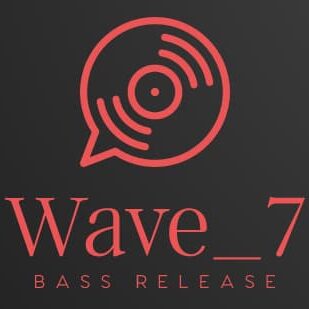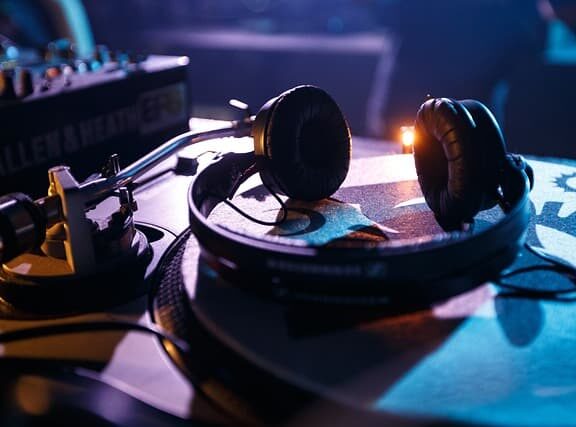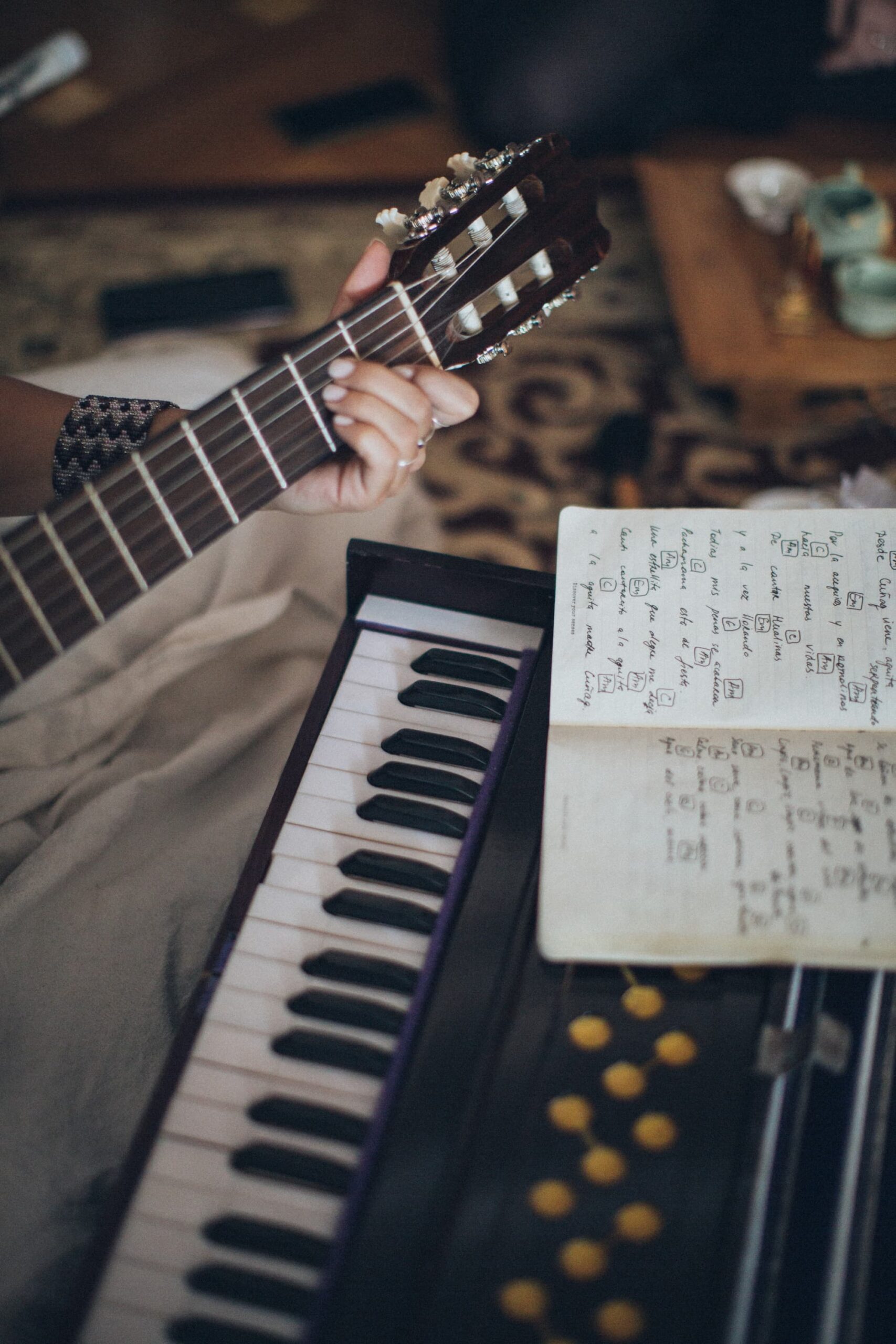Electronic dance music in the 1980s owes its emergence to the development of some new electronic musical instruments, particularly by the Japanese company Roland Corporation. The Roland TR-808 drum machine (often referred to as the “808”) in particular played an important role in the evolution of dance music after the 1982 Planet Rock Afrika Mambaataa track made it very popular on dance floors. Through this album, electronic music informed both its own development and that of its sub-genres, including Miami Bass and Detroit Techno. The album popularized 808 as “fundamental to the futuristic sound.” The track Planet Rock didn’t so much introduce the 808’s use as it reoriented the whole world of post-disco dance music around it. The Roland TR-909 drum machine, the TB-303 bass synth and the Juno-60 synth also influenced electronic dance music such as Techno, House and Acid.
Post-disco
The Post-disco era, resulting from the negative reaction to Disco caused by drug use at parties, which began in mid-to-late 1979 and which led to civil unrest, including one in Chicago known as Disco Demolition Night. Post-disco is an underground movement of “trimmed down” disco-inspired music, displaying a radically different sound. It began to emerge on the East Coast. This new scene originated primarily in New York City and was initially promoted by urban musicians who were responding to the over-commercialization and subsequent decline of disco culture. The sound that emerged from P-Funk is the electronic side of Disco, Dub and other genres. Much of the music created at the time was geared toward a narrow market. At that time, creativity began to shift to independent record labels, to lesser-known producers and club DJs. Other dance styles that became popular during the Post-disco era include Dance-Pop, Boogie, Electro, Hi-NRG, Italo Disco, House and Techno.
Electro
In the early 1980s Electro emerged as an amalgamation of Electro-pop, Funk and Boogie. Also called Eletro Funk or Electro Boogie, but later shortened to Electro. The pioneers of the style were Ryuichi Sakamoto, Afrika Bambaataa, Zapp, D.Train and Sinnamon. Early Hip-Hop and Rap combined with German and Japanese Electro Pop, such as Kraftwerk and Yellow Magic Orchestra, inspired the birth of Electro. As the electronic sound evolved, instruments such as bass and drums were replaced by synthesizers, most notably the iconic drum machines, particularly the Roland TR-808. Early uses of the TR-808 include several Yellow Magic Orchestra tracks from 1980-1981, the 1982 Afrika Bambaataa track Planet Rock, and the 1982 Marvin Gaye song Sexual Healing. Planet Rock was influenced by the Yellow Magic Orchestra, which used Kraftwerk samples and drum beats created on the TR-808. Later that year Planet Rock was followed by another breakthrough electronic music, Nunk by Warp 9. In 1983, Hashim created an Electro Funk sound with Al-Naafyish (The Soul) that influenced Herbie Hancock, resulting in his hit Rockit that same year. The early 1980s was a major Electro peak. According to Steve Taylor, Planet Rock Afrika Bambaataa serves as “a model for all interesting dance music since then.”
House music
House was created by musicians from Chicago’s underground club culture in the early to mid-1980s. This electronic music, was a form of musical bricolage (transforming the meaning of objects or symbols through new uses or unconventional reworkings of unrelated things). Early House synthesized elements of different genres and styles from Disco, Italo Disco, Synthy Pop, Funk, Soul, Latino and Jazz. Although House showed some characteristics of Disco, it was more electronic, repetitive and minimalist. House is closely related to the more complex and even more minimalist Techno, which developed in parallel with Chicago House in Detroit.
The genre was first introduced by DJs and producers mainly from Chicago and New York such as Frankie Knuckles, Larry Levan, Ron Hardy, Jesse Saunders, Chip E., Steve “Silk” Hurley, Farley “Jackmaster” Funk, Mr. Fingers, Marshall Jefferson, Phuture and others. It was originally associated with the black LGBT American subculture, but eventually spread into the mainstream. It became a global phenomenon with numerous subgenres such as Acid House, Deep House, Garage House, Hip House, Ghetto House, Progressive House, Tech House, Electro House, Microhouse and many others.
House as electronic music has had and continues to have a huge influence on pop music in general and dance music in particular. It has been picked up by major pop artists such as Madonna, Kylie Minogue and Janet Jackson. Many artists have made and are making remixes for pop artists. Today, House remains popular on the radio and in clubs, while maintaining an underground position around the world.
Characteristics
In its most typical form of “classic” Chicago House, this genre is characterized by repetitive rhythms in 4/4 size. Electronic music includes bass drums, unconventional hi-hats, snare drums and/or claps at a tempo of 110 to 130 beats per minute. Synthesizer riffs, deep bass lines and often, but not necessarily, sung, spoken or sampled vocals. House drum beats are almost always synthesized by a drum machine, often a Roland TR-808, TR-909, or TR-707, rather than a live drummer. One classic sub-genre, Acid House, features noise-like sounds created by a Roland TB-303 bass synth.
Compositions are usually structured with an intro, a chorus, various verse sections, a middle, and an outro. Some compositions have no verse, with the vocal part coming from the chorus and repeating the same loop. House is often based on bass loops or bass lines created by a synthesizer, and/or taken from Disco, Soul or Funk songs.
Deep House
Deep house is a genre of house music that originated in the 1980s, originally combining elements of Chicago House with 1980s Jazz Funk and Soul notes. This style can evoke an acoustic feel.
Characteristics
Deep House electronic music is characterized by tempos typically between 110 and 125 beats per minute, deep muted bass lines (using a Roland Juno synthesizer), extensive use of percussive elements (using a Roland TR-909 drum machine), soft synth sounds (pads), use of advanced chord structures, ambient mixes and soulful vocals. The lyrics usually focus on positive, uplifting or moody blues. In the early compositions (1986-89), the influence of jazz music was most often evident in the use of more complex chords, which were used in many bars and gave the compositions a slightly dissonant feel. Sound qualities include soulful vocals (if vocals are present), slow and concentrated pleasant dissonant melodies, and smooth, stylish and chic performances. Female vocals are used more often than male vocals. Deep House rarely climaxes, but remains comfortable, hypnotic and with a relaxing sound.
Techno, acid house, rave
By 1988 House had become the most popular form of club music in Europe, and in the same year the development of Acid House became a major trend in the UK and Germany. A warehouse party subculture based on the British-African-Caribbean scene formed in the UK, which fueled underground afterparties that featured exclusively danceable electronic music. It was during this period that MDMA came to prominence as a club drug. The main British clubs were Back to Basics in Leeds, Leadmill and Music Factory in Sheffield and Haçienda in Manchester, where Mike Pickering and Graham Park’s Nude became a testing ground for American underground dance music. The success of House and Acid House paved the way for Detroit Techno, a style originally supported by house music clubs in Chicago, New York and Northern England. The term Techno first came into use after the release of a 10 Records / Virgin Records compilation called Techno: The Dance Sound of Detroit in 1988.
Techno is dance electronic music that originated in Detroit, USA in the mid to late 1980s. Techno is typically repetitive instrumental music, often created for use in a continuous DJ set. The basic size is 4/4, while the tempo usually ranges from 120 to 150 beats per minute. Electronic music involves musicians using electronic instruments such as drum machines, sequencers and synthesizers, as well as workstations with digital sound. Drum machines from the 1980s, such as the Roland TR-808 and TR-909, are highly regarded, and software emulations of such retro instruments are popular.
The style emerged from the fusion of House, Funk and Electro with the technopop of musicians such as Kraftwerk, Giorgio Moroder and the Yellow Magic Orchestra. To this should be added the influence of futuristic and sci-fi themes relevant to life in late capitalist society. Some performers see the style as an expression of technological spirituality. The work of Detroit techno-musicians in the mid-1980s Juan Atkins, Derrick May, and Kevin Sanderson (collectively known as Belleville Thre) is usually seen as the foundation on which a number of techno-genres were built.
As mentioned above, the term Techno emerged as the name of the 1988 compilation Techno! The New Dance Sound of Detroit. In the following years Techno electronic music spread to European countries, such as Germany and Great Britain, where such subgenres as Acid, Hardcore, Ambient and Dub Techno would develop. Music journalists and Techno fans tend to use the term selectively. Therefore, a clear distinction can be made between sometimes related, but often qualitatively different styles, such as Tech House and Trance.





